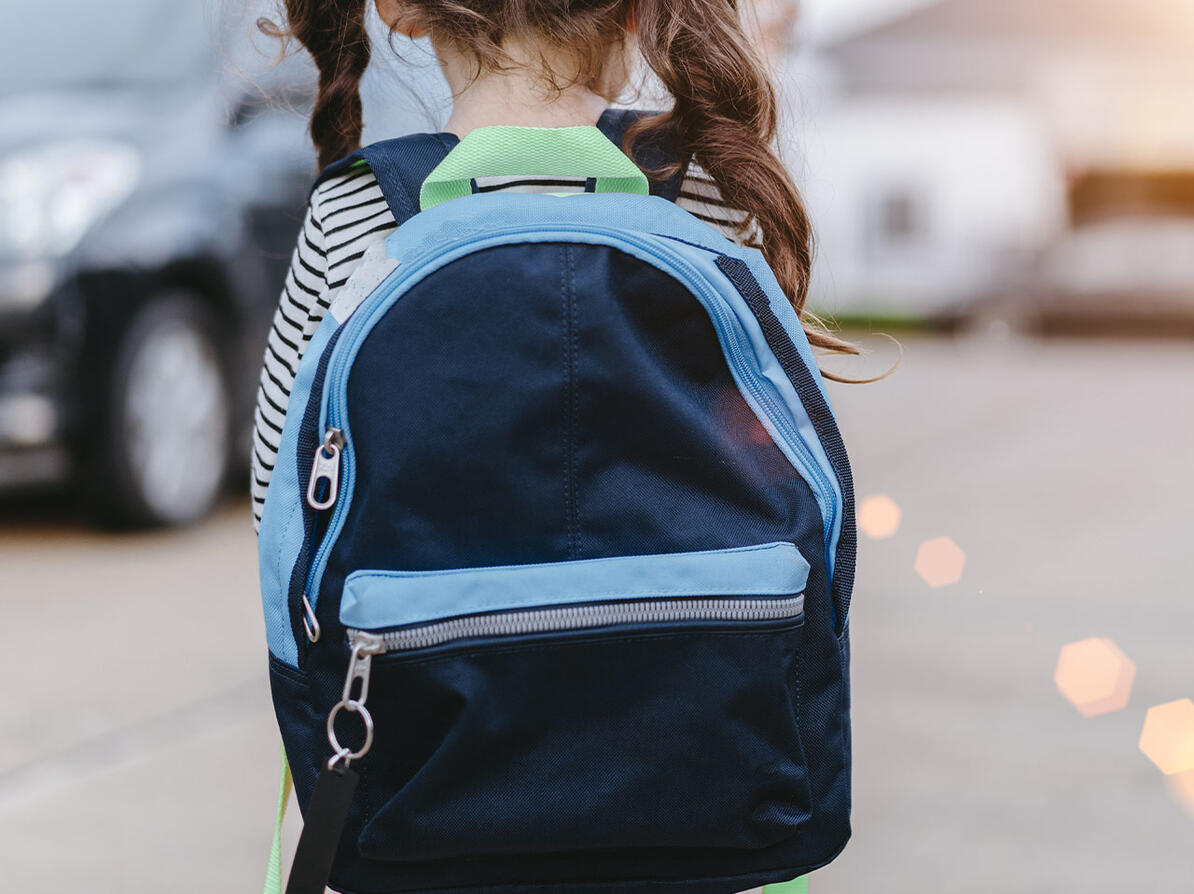Test of chemicals in school bags
School bags for children may contain phthalates that are suspected of being endocrine disrupters. Fortunately, there are multiple good choices in the test.

A number of phthalates in products are banned
Four different phthalates are endocrine disrupters. As a result, these four phthalates are banned in a long line of products for consumers since the summer of 2020.
Among others, this applies for products for children, such as school bags.
Products containing phthalates that have been put on the market prior to the ban was issued are still allowed to be sold.
Many good choices in the test
8 school bags and other types of bags for schoolchildren were tested for unwanted chemicals.
In the test, several of the school bags did not contain unwanted chemicals for example substances suspected of being endocrine disrupters.
When it comes to chemicals, 3 school bags are the best choice for children looking for a new school bag.
One school bag contains phthalates
In 1 school bag the phthalate DEHP were found in parts of the bag. Including the logo and some of the reflective panels. The content was many times above the allowed amount in products.
Because of this, the bag gets the lowest chemical rating, the C-mark.
According to the manufacturer it was due to a mistake in the production that they were not aware of. They have now stopped the use of the phthalate-containing material in the bag.
About the test
-
How we tested
The Danish Consumer Council THINK Chemicals tested 8 school bags and other types of bags for schoolchildren. Typically for children in first, second or third grade.
The school bags were analyzed for content of unwanted chemicals in selected parts of the bags. This includes for example the shoulder straps, buckles and outer and inner textiles.
These are among the chemicals we tested for:
- PAH’s
- Phthalates
- Flame retardants
- Phenol and bisphenol A
- Chlorinated paraffins
We tested whether the substances were present in the products. It has not been investigated to what extent the substances are released from the products.
What we found
- 3 school bags get the best chemical rating, the A-mark.
- 4 school bags get the medium chemical rating, the B-mark. These bags contained a smaller amount of problematic chemicals such as phenol and in one case bisphenol A in some parts of the bag.
- 1 school bag get the lowest chemicals rating, the C-mark. It contained the phthalate DEHP in some parts of the bag.
We found no particular content of flame retardants, PAH’s or chlorinated paraffins.
Phthalates
1 school bag contained the phthalate DEHP in some parts of the bag. Including the logo in which the concentration of the substance was more than 7 %.
Selected phthalates have been banned in toys for a long time because of their adverse health effects.
Since the summer of 2020, 4 phthalates including DEHP have also been banned in other products than toys including for example schoolbags. Products that have been put on the market before july 2020 are still allowed to be sold out.
Regardless of the product being illegal or not, DEHP is an unwanted chemical in products. Especially in products for children. Therefore, the school bag get the lowest chemicals rating, the C-mark.
Phenol
Phenol is a chemical suspected of being mutagenic. This means it can alter the genetic material, our DNA.
The chemical is not regulated in school bags. However, there is a limit for how much of the substance may be released from toys for children under 3 years of age.
We have not measured the released amount of phenol from the school bags. We tested only for the content of the chemical.
Phenol was found in lower levels in parts of 5 of the tested bags.
The labeling scheme OEKO-TEX Tiltro for textiles sets requirements for the content of phenol.
The measured content in the 5 bags was above the phenol-requirement for the youngest children but below the requirement for other products that will come in contact with the skin for a longer period of time.
Bisphenol A
Bisphenol A was found in small amounts in one of the bags. Presumably because of the use of the plastic type polycarbonate in two of the buckles.
Bisphenol A is the starting material for polycarbonate plastic. It is not neccesarily releasable.
